How to Segment Your Email List for Better Engagement
CJ Todd | March 1, 2017
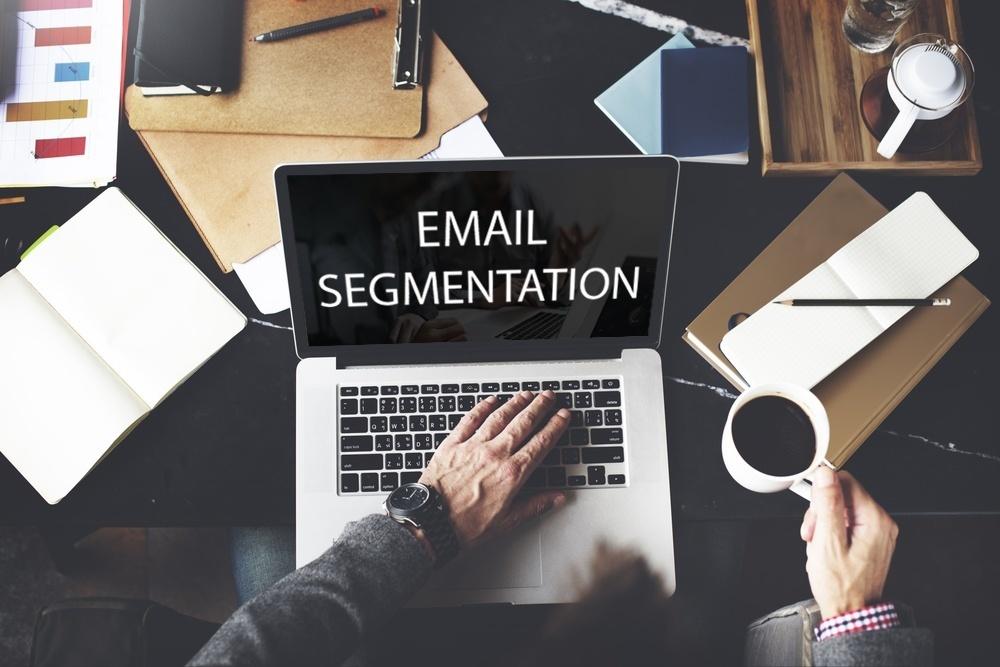
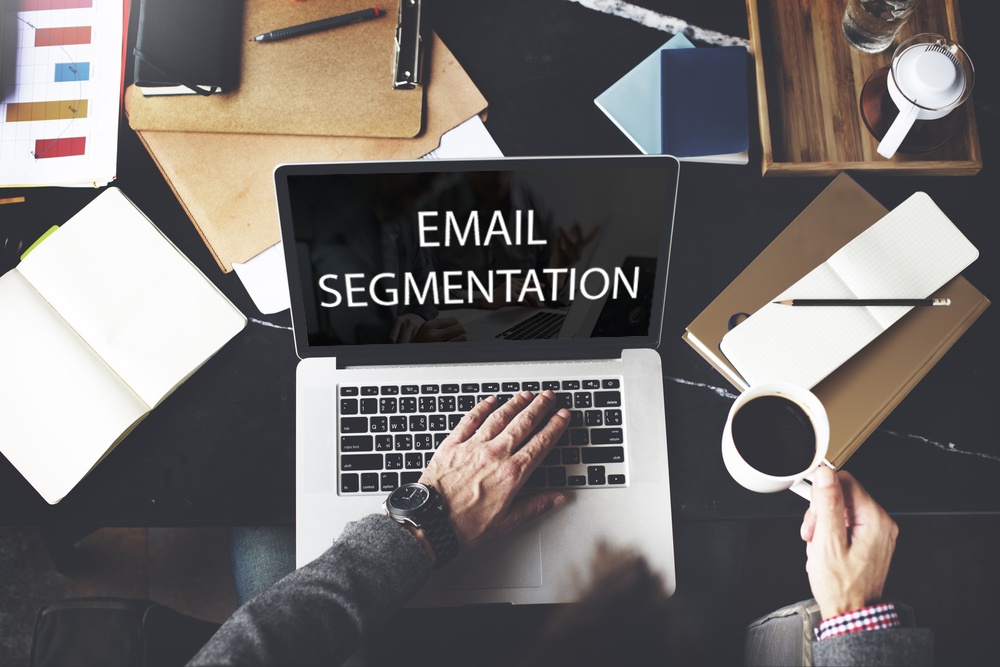
Why do people like social media platforms so much? It’s because they’re able to decide who to follow, which in turn filters what they see. Their home feed becomes a curated stream of content that they want to engage with.
Your marketplace platform should strive for the same segmentation when planning an email strategy. Segmenting your email list into groups of similar characteristics -- like interests, demographics, or purchase history -- can help you deliver information to users that they want to see.
Mailchimp reports that recipients of a segmented email list are 14% more likely to open emails, 100% more likely to click on CTA’s, and almost 10% less likely to unsubscribe.
What email segmentation looks like for marketplace platforms
I am in charge of email marketing for StokeShare, a peer-to-peer marketplace platform that allows users to rent each other action sports gear and utilizes profits to connect inner-city kids with the outdoors.
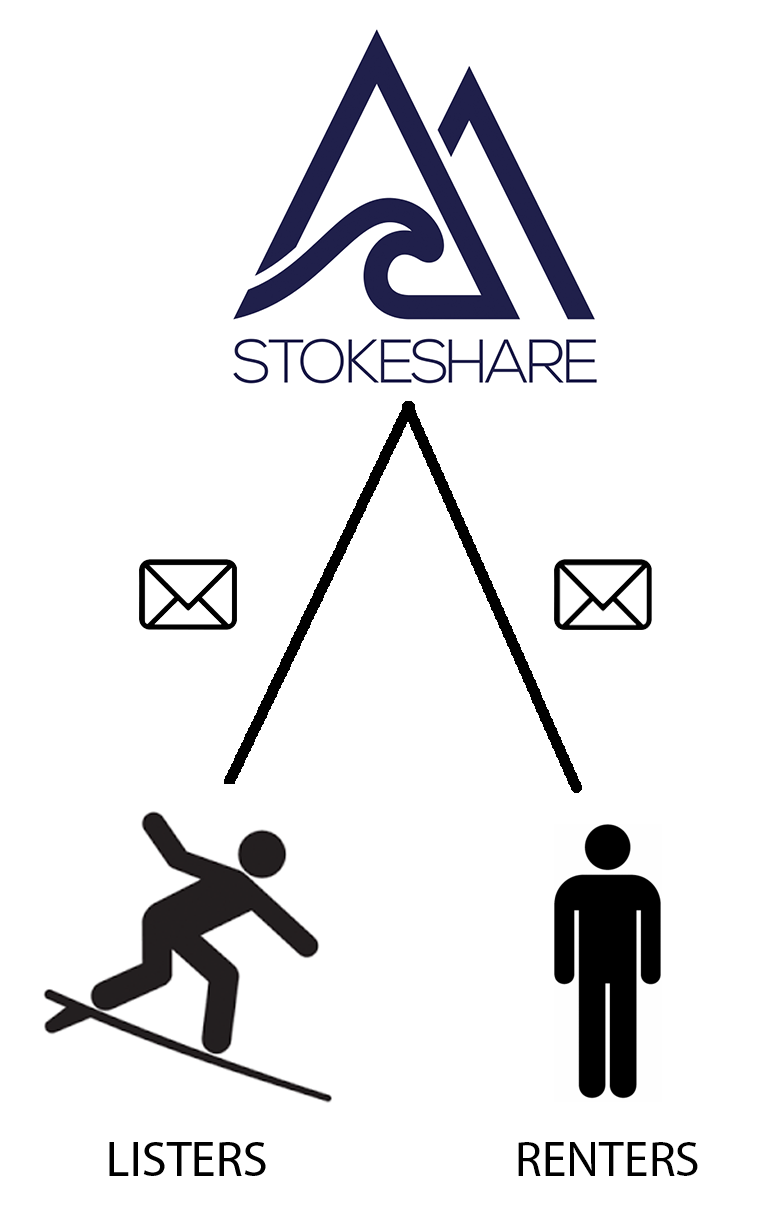
Just like every other two-sided marketplace, we have providers and consumers (this can be replaced with “buyers” and “sellers,” “listers” and “renters,” etc.). So, our email list is first segmented by these two characteristics.
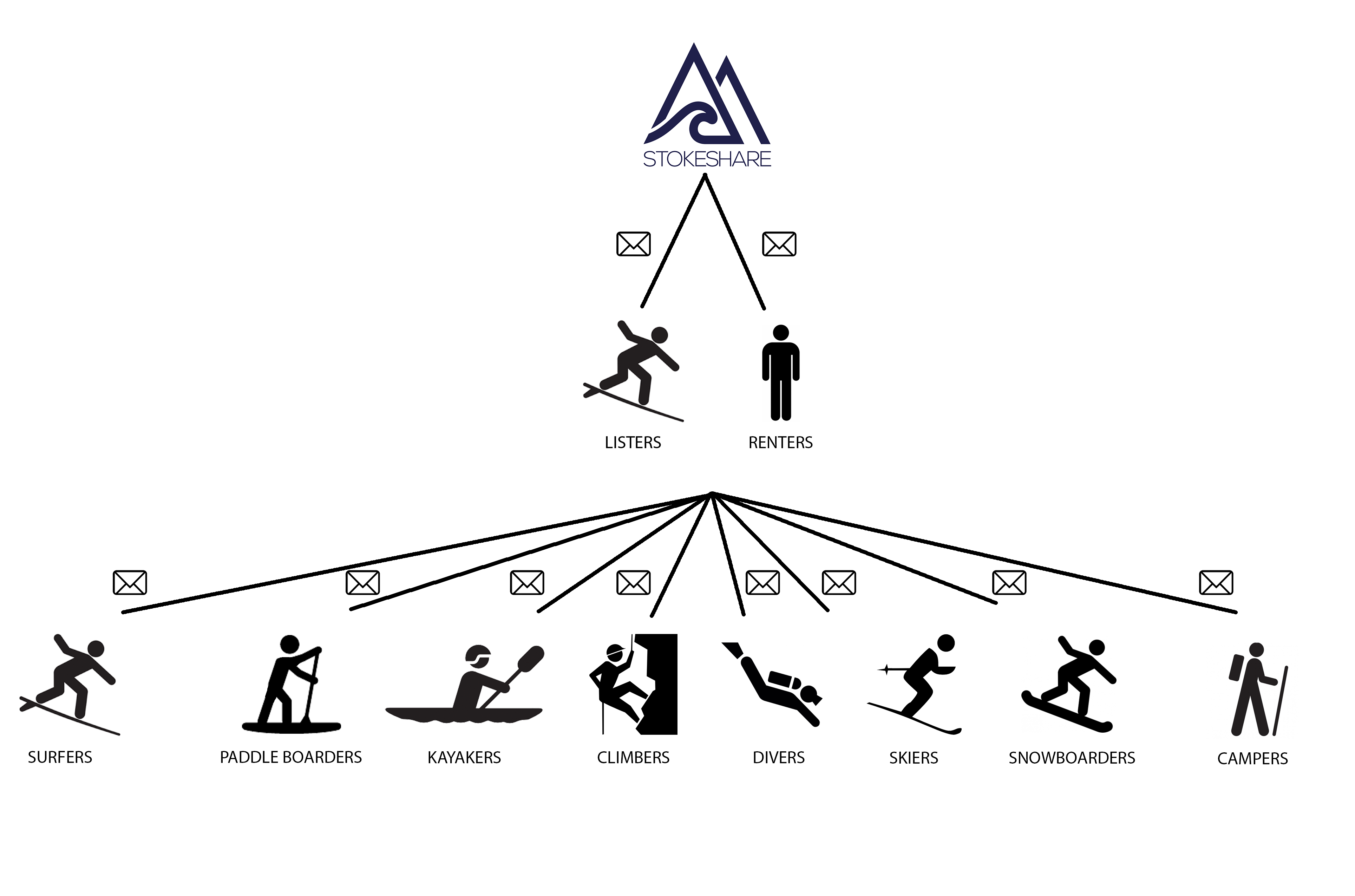 StokeShare also offers a wide variety of action sports. Some of our users love kayaking and want to share their gear. Others really want to try spearfishing. Collecting data on our users’ interests helps us create targeted segments so we only send content we know they want to see.
StokeShare also offers a wide variety of action sports. Some of our users love kayaking and want to share their gear. Others really want to try spearfishing. Collecting data on our users’ interests helps us create targeted segments so we only send content we know they want to see.
StokeShare is focusing on growth specifically in the Los Angeles market. However, one of the greatest benefits of a marketplace platform is that it doesn’t have geographic limitations. We have users in 15 different states and 10 countries. So we also segment our email list by location.
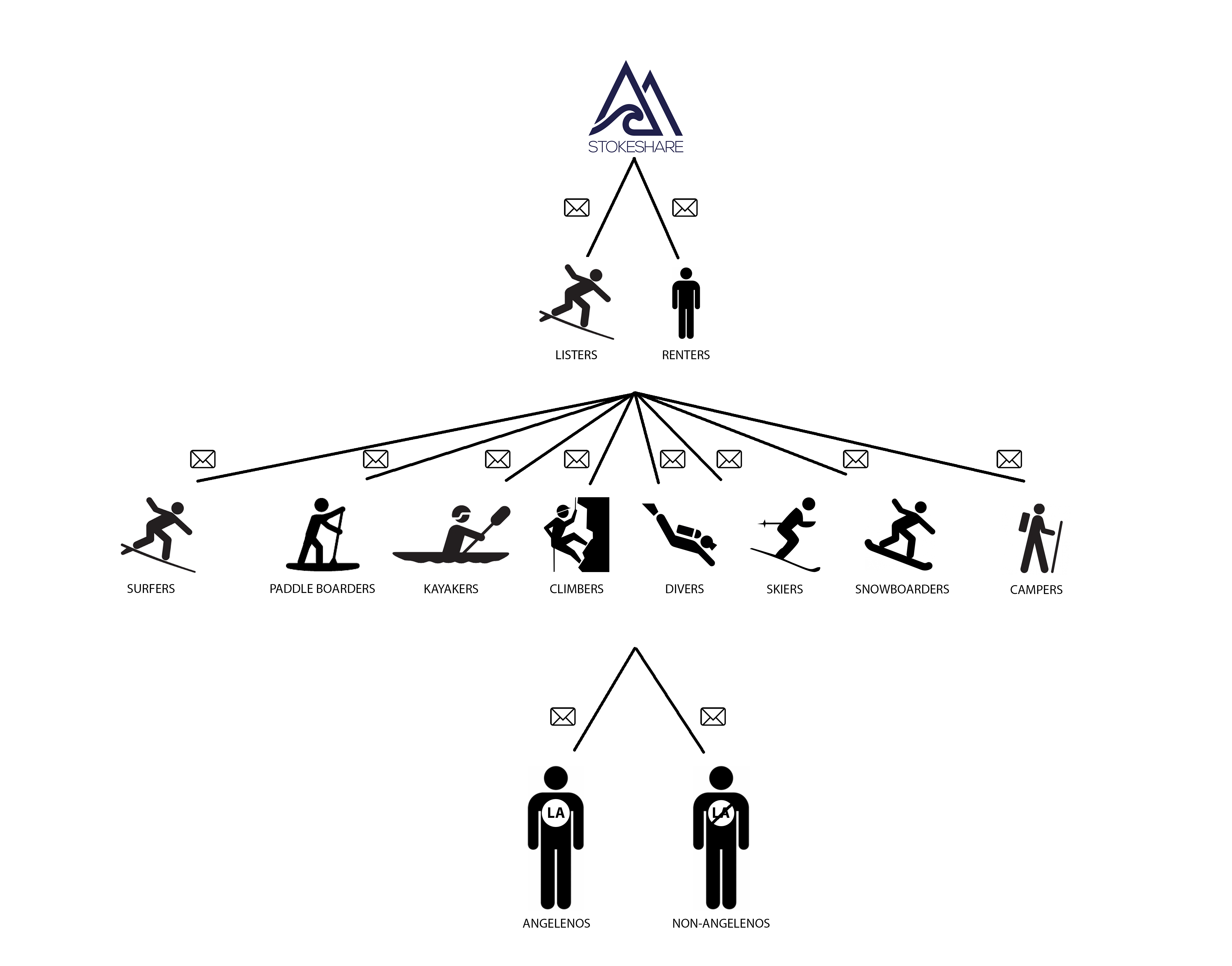 Since most of our content is focused on Los Angeles, we only want Angelenos to get that content. We also send a monthly newsletter to the rest of our users to keep them up to date with what we’re doing here in LA and show them the amazing community events that will eventually come to their city.
Since most of our content is focused on Los Angeles, we only want Angelenos to get that content. We also send a monthly newsletter to the rest of our users to keep them up to date with what we’re doing here in LA and show them the amazing community events that will eventually come to their city.
These are just the segmentations that I use to stay relevant with our audience. Personalize your segmentation strategy by the interests of your marketplace platform users. Other characteristics you might keep in mind when slicing your email list could be: buying habits, familiarity with your company, professional background, engagement levels with previous campaigns, etc.
What you’ll need to segment your email list
- A plan
You’re a marketplace platform owner so you know the chicken and egg problem. I know what you’re thinking... How can I build a plan without data? How can I collect data without a plan?
Having an initial plan is important because it will help you determine how you set up segmentation criteria. Even though it might seem daunting, email segmentation is an evolving strategy that can be tweaked as you go. Having an idea of what you’re setting out to do is half the battle and most email marketing services can manage multiple segments, which brings me to my next point.
- An email marketing service
There are many great email marketing tools out there to help you manage your email list segmentation. Make sure you do some research and find out which provider is best for your marketplace platform.
At StokeShare, I use Mailchimp. I especially like this service because it allows me to set criteria that automatically segments subscribers into our predetermined groups.
- User data
This can be anything that helps you to better understand and serve your email list. Another reason why I like Mailchimp is that allows me to build subscription forms with our predetermined segmentation criteria. When a user subscribes, they provide their email and select what action sports they like, which automatically puts them into the proper segment.
Mailchimp also grabs the subscriber’s IP address when they fill out our form and segments people by location for me (after I set up a dynamic segment manually).
Measuring and adjusting your email segmentation strategy
After you launch your strategy, you should start tracking how people interact with your emails. Be sure to measure what content is being opened, what links or CTA’s are being clicked, and how subscribers are engaging (note replies, shares, conversions, etc.).
You can use this knowledge to improve on future campaigns and adjust your segmentation strategy. Think about when you are sending emails: if open rates are heavy at 10:00 AM, be sure to send at that time. Be surgical about the content you’re sending: if click rates are up when you include images or videos, use those more often.
One more plug for Mailchimp…
Mailchimp allows you to send A/B testing campaigns where you can effectively determine what’s working and what’s not by sending variations of the same email. You can test different subject lines, content, and times. Be sure to only change one variable so you know exactly what is causing the change. Try using A/B testing within segments to make decisions on best practices for each.
It also provides a click map to show you exactly where people are clicking within each email campaign. This is especially valuable because you can test the effectiveness of in-line links versus CTA buttons.
Conclusion
Segmenting should begin immediately and happen constantly. Every one of your marketplace platform users has a unique story that’s shaped their interests. So don’t send every subscriber the same email!
That said, it’s never too late to learn something about your users and put them into segments. With a great plan, the right email marketing service, and constant analysis, you can effectively customize every subscriber’s experience with all of your emails.
Let me know how you segment your lists and what techniques you’re using to adjust your strategy! Send me a tweet @cj_todd1 and let’s connect!
Interested in knowing more about partnering with platformOS?
Ensure your project’s success with the power of platformOS.